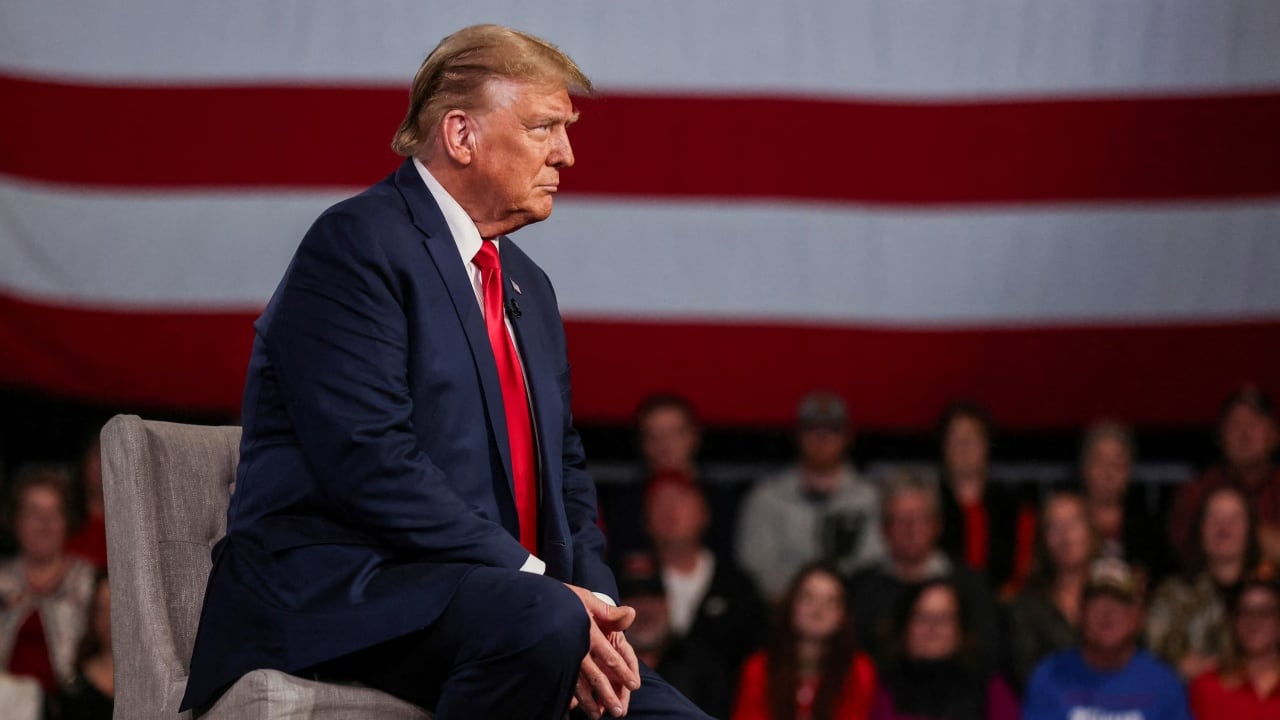How does an escalating US-China trade war affect people’s well-being? In China, it depends on who you ask. Some are energized by the fight. Electric-vehicle makers are in hyperdrive, pushing out luxury new models, self-driving features, and battery-charging technologies that allow drivers to recharge almost as fast as filling a gas tank.
Instead of selling cars to Americans, the likes of BYD Co. are taking on Tesla Inc. in growth regions such as Southeast Asia.

There’s also talk of an “engineer dividend” — credit to President Xi Jinping for his focus on higher education in sciences. The success of DeepSeek’s reasoning model, released in late January, gave rise to a realization that China is not just a manufacturing powerhouse, whose status is being challenged by President Donald Trump’s tariffs. Rather, Beijing may have found a fresh growth model.
It can grab market share in software services, which the US excels at. Almost every week, Chinese tech firms have been releasing new AI models and applications. After all, China has become less reliant on American consumers since Trump’s first trade war in 2018.
Exports to the US accounted for just 15% of the total last year, versus 20% a decade earlier. The economy will shrink by only about 3% even if the entire trading route to the US gets wiped out. Beneath that stoic defiance, however, are genuine concerns about how to make a living, especially among blue-collar workers.
Apparel is the third-largest category of US imports from China, after communication devices, and electronic equipment. On average, the textile industry hires more than 25 people for every 1 million yuan ($138,000) in gross domestic product generated. About 16 million jobs could be lost thanks to Trump’s tariffs, according to Goldman Sachs Group Inc.
estimates. What these displaced might do next matters to the rest of the 425-million-strong blue-collar workforce. In recent years, people have been moving in droves into the gig economy, working as housekeepers, drivers, delivery workers, and social-media influencers.
Already, some of these sectors are getting crowded. Last year, the number of ride-hailing drivers jumped by 27% to 38 million, prompting some local governments to warn about overcapacity. No surprise, their average monthly pay fell.
Or consider the 18 million social-media live streamers, often young people who want glamor in their work. Most of them aren’t getting rich — they are barely getting by. A recent academic survey shows that 93% make less than 3,000 yuan a month, not even half of what an average delivery person earns.
It’s unlikely Beijing will launch the kind of bazooka stimulus witnessed in the aftermath of the Global Financial Crisis. Barring mass street protests, the government’s attitude toward blue-collar laborers has been that since many have few skills, they can be flexible. Manufacturing jobs gone? No problem, they can go into the services sector, or back home to the farm.
During the GFC, at least 20 million laid-off migrant workers returned to rural areas. This attitude is unlikely to change just because of Trump. In fact, this trade war only exacerbates a separation of the elite from the grassroots.
For the skilled and well-to-do, US tariffs barely touch their lives, and they are thinking of new money-making opportunities now that Trump is tearing up the existing world order (gold, anyone?). But millions of others are only getting more anxious. [Abridged] Courtesy Bloomberg/Shuli Ren.
Politics

Xi’s tariff fight reveals China’s great divide

How does an escalating US-China trade war affect people’s well-being? In China, it depends on who you ask. Some are energized by the fight. Electric-vehicle makers are in hyperdrive, pushing out luxury new models, self-driving features, and battery-charging technologies that allow drivers to recharge almost as fast as filling a gas tank. Instead of selling [...]The post Xi’s tariff fight reveals China’s great divide appeared first on MACAU DAILY TIMES 澳門每日時報.















